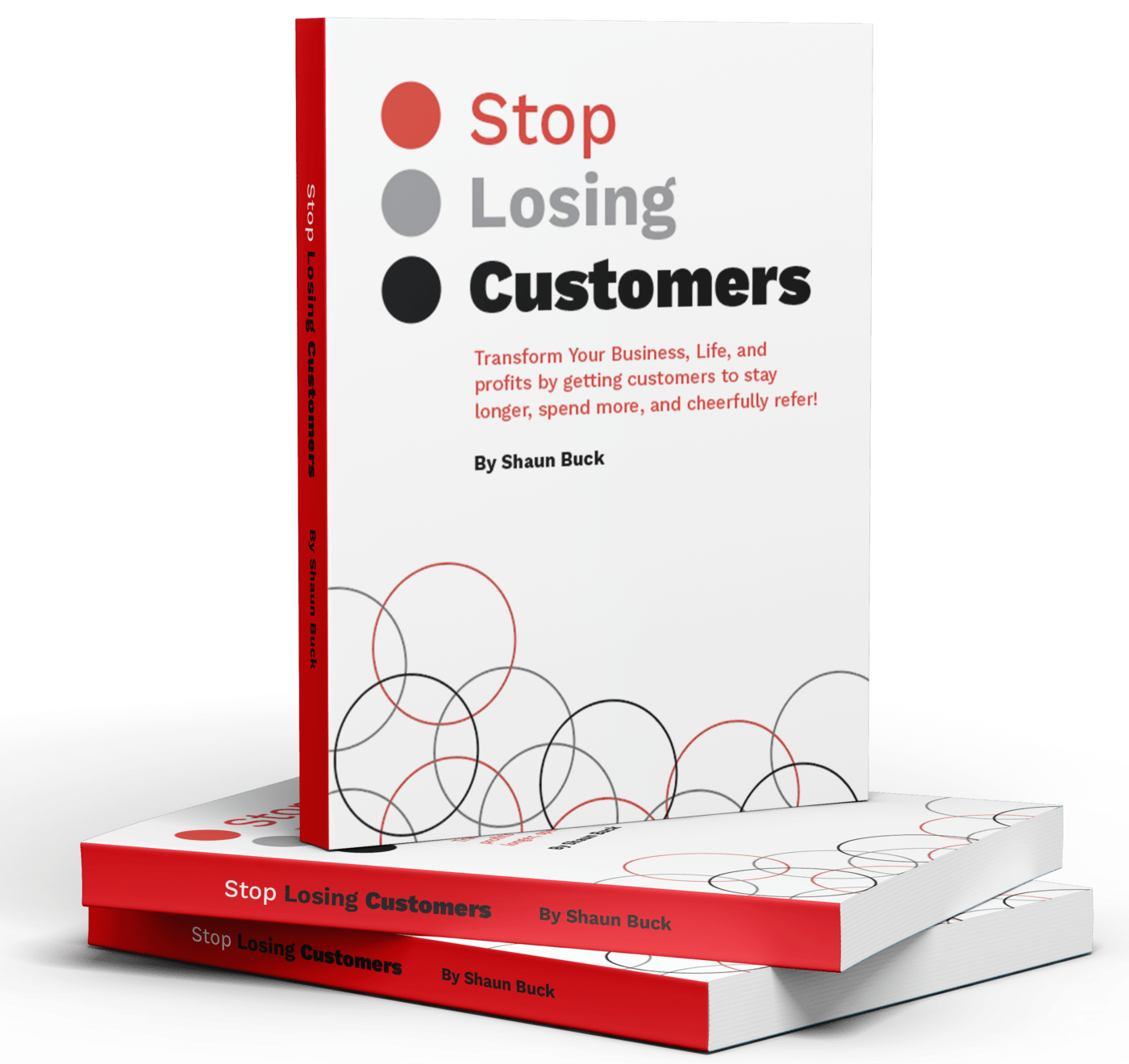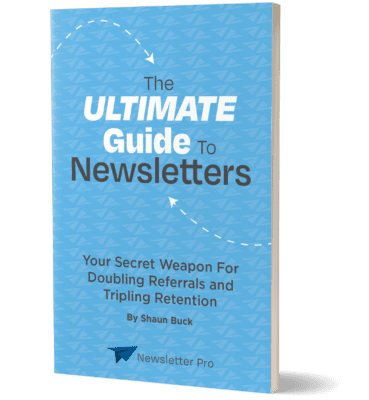Email list maintenance might seem like the unsung hero behind the scenes of email marketing campaigns. Yet, it plays a pivotal role in ensuring your messages land in the right inboxes with precision and effectiveness. This meticulous process distinguishes itself by enhancing the quality and responsiveness of your email list, setting the stage for more successful and engaging campaigns.
Central to this endeavor are strategies such as regular cleaning, segmentation, and re-engagement campaigns, each designed to refine your list’s accuracy and vitality. Email list hygiene emerges as a critical practice, ensuring that every email sent is a step towards building stronger connections with your audience. From removing inactive subscribers to correcting typos in email addresses, these actions collectively contribute to a more focused and effective email marketing strategy.
Delving deeper, the nuances of email list maintenance reveal an array of benefits, from improved deliverability rates to heightened engagement. Each aspect of the process, whether it’s managing bounces or analyzing feedback from unsubscribed users, plays a significant role in crafting a more resilient and dynamic email marketing approach. The subsequent sections will unpack these elements, offering insights into the art and science of keeping an email list in prime condition, ready to support your marketing goals with unwavering reliability.
What is email list hygiene and maintenance?
Email list hygiene and maintenance refer to the essential practices of regularly cleaning and managing your email subscriber list. This process is vital to ensure the list remains up to date and consists only of engaged users. Key activities include removing invalid or inactive email addresses, correcting errors, and unsubscribing those who no longer wish to receive communications.
At its core, email list hygiene is about prioritizing the quality of your contacts over sheer quantity. This approach significantly contributes to higher email deliverability rates and engagement, making it a cornerstone of effective email marketing. By maintaining a healthy email list, marketers can craft more targeted campaigns, ensuring messages reach genuinely interested audiences.
Moreover, good hygiene practices protect and enhance your sender reputation, underscoring their importance in the broader context of email marketing success.
Why is email list hygiene important?
Email list hygiene is crucial for the success and efficiency of email marketing campaigns. It directly influences the deliverability and engagement of your emails. By keeping your list clean, you minimize bounces and ensure your messages reach subscribers who are genuinely interested in your content.
This leads to higher open and click-through rates, which are key indicators of campaign success. Moreover, maintaining a healthy email list is essential for protecting your sender reputation. Internet Service Providers (ISPs) and Email Service Providers (ESPs) pay close attention to how recipients interact with your emails.
A high number of bounces or spam complaints can severely damage your reputation, making it difficult for your emails to reach inboxes in the future. Therefore, regular email list hygiene practices not only enhance the performance of your current campaigns but also secure your ability to communicate with your audience effectively in the long run. This underscores the importance of email list hygiene as a foundational element of any successful email marketing strategy.
Improves email deliverability by reducing bounces
Reducing bounces is paramount for enhancing email deliverability. Regularly cleaning your email list eliminates invalid addresses, which directly decreases the likelihood of emails bouncing back. A lower bounce rate is a positive signal to Internet Service Providers (ISPs), indicating that your email practices are sound and trustworthy.
This not only helps in maintaining a healthy sender score but also ensures your emails reach your audience’s inbox, boosting the overall effectiveness of your email campaigns.
Enhances engagement rates by targeting active users
Targeting active users is key to boosting engagement rates. By removing inactive subscribers, your email list becomes a concentrated group of individuals who are more likely to interact with your content. This focused approach significantly increases open and click-through rates, making your email marketing efforts more productive.
Engaging with an audience that has demonstrated interest in your offerings heightens the potential for conversions, making every email sent a valuable touchpoint.
Reduces spam complaints, protecting sender reputation
Minimizing spam complaints is essential for safeguarding your sender reputation. An unclean email list, containing subscribers who are disinterested or unaware they’ve subscribed, increases the risk of your emails being marked as spam. This can severely impact your sender reputation, leading to deliverability issues.
Regular email list hygiene practices ensure you’re communicating with subscribers who genuinely wish to receive your emails, thus protecting your reputation and maintaining a favorable standing with ISPs and Email Service Providers (ESPs).
How to perform email list cleaning?
Performing email list cleaning is a critical process that involves several key steps to ensure your list’s health and effectiveness. The initial step is to remove invalid email addresses. These are addresses that are no longer in use, were entered incorrectly, or simply do not exist.
Removing these addresses is essential for reducing email bounces and enhancing deliverability. The next crucial step is to unsubscribe inactive subscribers. Subscribers who have not engaged with your emails over a certain period signify a lack of interest or a change in email usage patterns.
Removing these individuals from your list focuses your efforts on those who are truly interested, thereby improving engagement rates. Lastly, correcting typos in email addresses represents a simple yet impactful action. Mistakes in typing email addresses, such as misspelled domain names, can lead to lost opportunities for engagement.
Identifying and correcting these errors can help in recovering valuable contacts. Together, these steps form the backbone of effective email list cleaning, setting the stage for more successful email marketing initiatives. To facilitate this process, here is a detailed table of recommended tools and software for email list cleaning:
| Tool/Software Name | Key Features | Pricing | User Ratings |
|---|---|---|---|
| CleanEmail | Bulk email cleaning, segmentation, and automation | Starts at $29.99/year | 4.5/5 |
| NeverBounce | Real-time email verification, bulk cleaning, and integration capabilities | Pay-as-you-go: $0.008/email for 10k emails | 4.7/5 |
| ZeroBounce | Email validation, spam trap detection, and email scoring | Starts at $16 for 2,000 validations | 4.8/5 |
| BriteVerify | Real-time email verification directly on your website or application | $0.01 per email up to 250k emails | 4.6/5 |
| Hunter | Email verification, domain search, and email finding tool | 50 free requests/month, plans start at $49/month | 4.3/5 |
Remove invalid email addresses to prevent bounces
Preventing bounces is a critical step in maintaining email list health and ensuring your messages reach their intended audience. Regularly removing invalid email addresses—those that are incorrect, no longer exist, or have been deactivated—is essential. This action significantly reduces the number of bounced emails, safeguarding your sender reputation and improving the accuracy of your engagement metrics.
Tools like CleanEmail and NeverBounce are particularly effective for this purpose.
Unsubscribe inactive subscribers after a set period of inactivity
Maintaining a high level of engagement is crucial in email marketing. Unsubscribing inactive subscribers who have not interacted with your emails for a predetermined period is a strategic move. This period of inactivity can be defined based on your specific engagement goals.
Services like ZeroBounce and BriteVerify offer functionalities to easily identify and manage these subscribers.
Correct typos in email addresses to recover potential contacts
Correcting typos in email addresses is a simple yet impactful method to recover potential contacts. Mistakes such as misspelled domain names (e.g., typing “gamil.com” instead of “gmail.com”) can prevent your emails from reaching their destination. By identifying and rectifying these errors, you ensure that your emails are delivered to the correct recipients, expanding your audience and improving the reach of your marketing efforts.
Hunter is an example of a tool that can assist in verifying and correcting email addresses. By leveraging these tools and following the outlined steps, you can significantly improve the health and effectiveness of your email list, ensuring your marketing efforts are as productive and successful as possible.
How often should you clean your email list?
Determining the optimal frequency for email list cleaning is key to sustaining high engagement and deliverability rates. It’s advisable to clean your email list after major email campaigns. This practice helps identify and remove subscribers who do not engage with your content, allowing you to focus on those who do.
Furthermore, a comprehensive cleaning at least twice a year is recommended to maintain overall list health. Regular maintenance removes invalid addresses and inactive subscribers, preventing potential deliverability issues and ensuring your email marketing efforts remain effective. By following this schedule, you ensure your list remains a powerful asset in your marketing toolkit, enhancing both campaign performance and sender reputation.
To provide actionable insights for readers on when and how to clean their email lists, below is a detailed table of criteria or indicators that signal the need for cleaning, along with suggestions for tracking engagement metrics or identifying inactive subscribers through analytics tools:
| Criteria/Indicator | Description | Analytics Tools & Methods |
|---|---|---|
| High Bounce Rate | A significant number of emails are not delivered and returned by the recipient’s mail server. | Use email marketing platforms like Mailchimp or SendGrid to monitor bounce rates. |
| Low Open Rates | Fewer recipients are opening your emails, indicating a lack of interest or outdated contact information. | Track open rates through your email marketing software and compare them against industry averages. |
| High Unsubscribe Rate | An increasing number of subscribers are choosing to opt-out of your email communications. | Analyze unsubscribe rates using tools like Campaign Monitor or Constant Contact to identify trends. |
| Low Click-Through Rate (CTR) | The links within your emails are not being clicked, suggesting that the content is not engaging or relevant to your audience. | Utilize platforms like HubSpot or ActiveCampaign to measure and analyze CTR. |
| Inactive Subscribers | Subscribers who have not engaged with your emails (opened or clicked) for a specified period, typically 6-12 months. | Segment your list based on engagement within your email marketing tool and target inactive users with re-engagement campaigns. |
After major email campaigns to remove non-responders
Cleaning your email list after major email campaigns is crucial for honing the precision of your marketing efforts. This practice allows you to weed out non-responders—subscribers who have not engaged with your recent emails. Eliminating these contacts sharpens your focus on an audience that is more likely to interact with your content, thereby enhancing campaign effectiveness and engagement rates.
At least twice a year for general list health
Routine maintenance of your email list, conducted at least twice a year, is essential for its overall health and vitality. This periodic cleaning is key to removing outdated or invalid email addresses and unsubscribing inactive subscribers. Such proactive maintenance keeps your list relevant and engaged, boosting the efficiency of your email marketing initiatives and protecting your sender reputation.
What to do with unsubscribed users?
When users unsubscribe from your email list, it’s crucial to remove them promptly. This action is not just about respecting their decision to leave; it’s also about adhering to email marketing regulations and maintaining a healthy email list. Prompt removal of unsubscribed users ensures you continue to foster a positive relationship with your audience, even in their departure.
Furthermore, analyzing feedback from unsubscribing users can be incredibly insightful. This information can shed light on potential areas for improvement within your email strategy, helping you to reduce future unsubscribe rates. By leveraging this feedback, you have the opportunity to refine your email marketing approach, ultimately enhancing its overall effectiveness and ensuring a more engaged subscriber base.
Remove them promptly to respect user preferences
Prompt removal of unsubscribed users from your email list is a critical practice that respects user preferences and aligns with email marketing regulations. This swift action not only demonstrates your respect for the user’s choice but also helps in maintaining a clean and engaged email list. Keeping your list free of unsubscribed users ensures that your marketing efforts are directed towards a receptive audience, thereby optimizing your campaign’s reach and effectiveness.
Analyze feedback for improvements to reduce future unsubscribes
Feedback analysis is a powerful tool in understanding why users choose to unsubscribe. By carefully examining the reasons behind their decision, you can gain valuable insights into what aspects of your email marketing strategy may need adjustment. Utilizing this feedback to make informed improvements can significantly reduce future unsubscribe rates.
This approach not only enhances the effectiveness of your email campaigns but also contributes to a more satisfied and engaged subscriber base.






